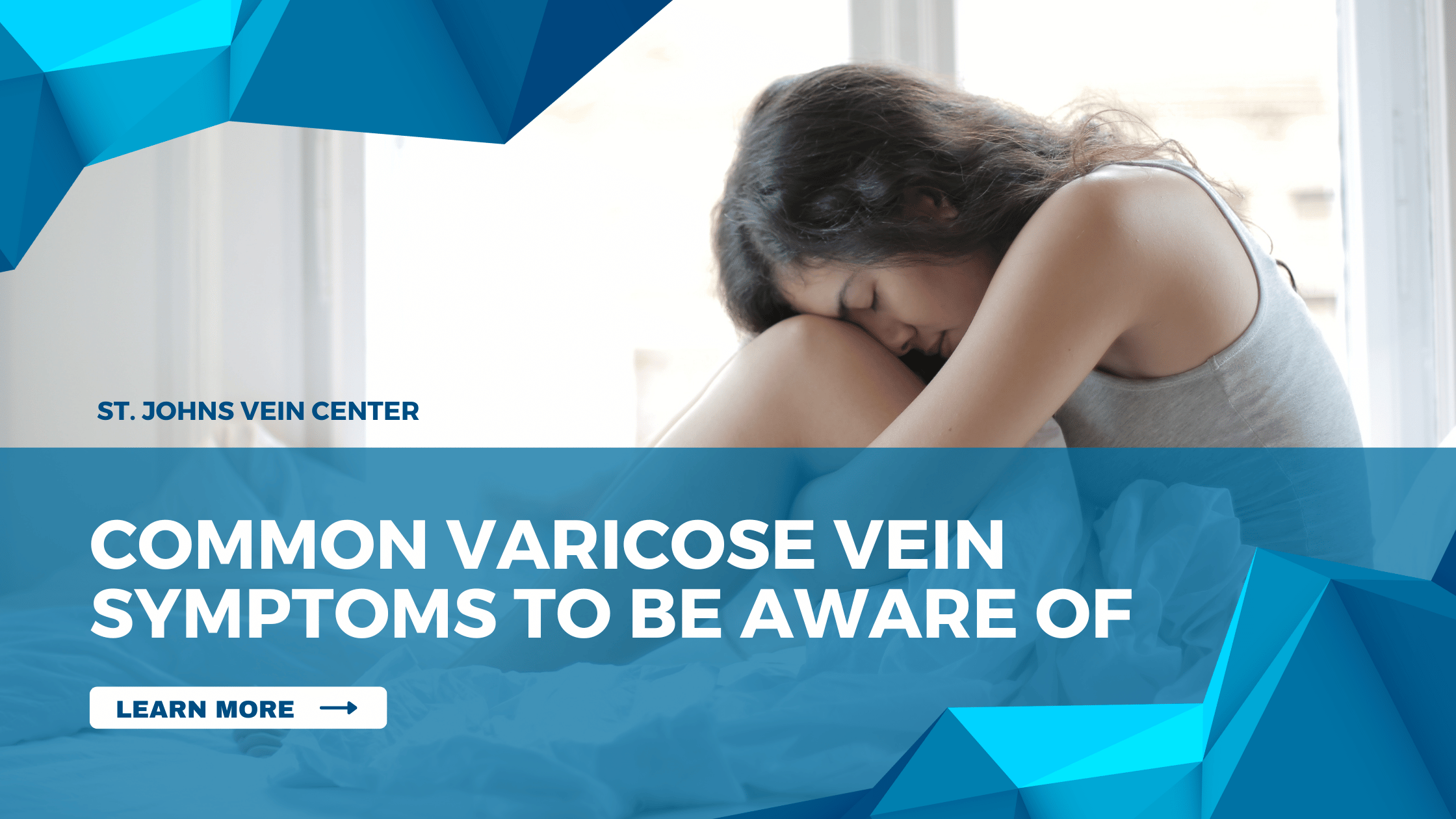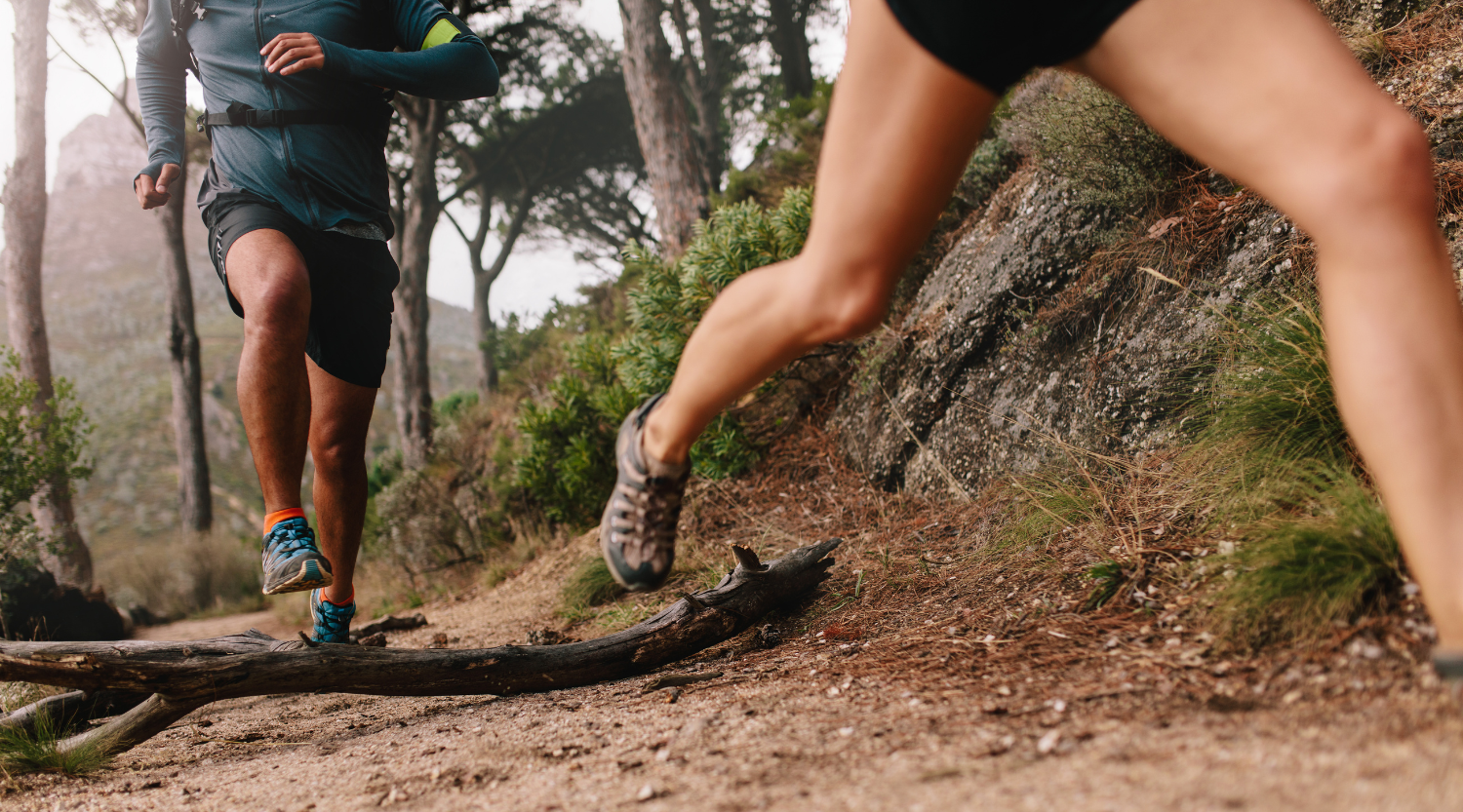Common varicose vein symptoms are swollen, bulging veins that can cause pain and discomfort. Identifying the common symptoms early can help you get the treatment needed to reduce potential risks and complications associated with this condition.
Aching, throbbing, and burning sensations in legs.
One of the most common varicose vein symptoms is aching, throbbing, and burning in the legs. This discomfort can be caused by blood pooling in your veins and can range from mild to severe. Keeping an eye out for this symptom is essential in getting an early diagnosis of varicose veins. Pain relievers may help reduce these uncomfortable sensations but should not be used as a substitute for medical treatment.
Painful cramping of the infected area.
Painful cramps, also known as venous claudication, can occur in the area of varicose veins. Cramping is an indication that blood flow has been restricted which can be uncomfortable and even cause long-term damage if left untreated. Additionally, these painful and sudden cramps can make normal activities like walking or standing very difficult to do for extended periods of time. An early diagnosis is key to managing symptoms so be sure to get any pain or discomfort checked out by your doctor as soon as possible.
Swelling and inflammation of the leg veins.
Swelling of the legs can be an indication of underlying vein problems. Inflammation caused by varicose veins can cause the walls of the veins to swell, which can become uncomfortable and painful. Additionally, extended periods of standing or sitting may lead to further discomfort caused by swelling. If you’re experiencing swelling in your legs, be sure to consult your doctor as they will be able to diagnose any underlying issues and recommend the best treatment options for you.
Visible discoloration of the skin around the veins.
As varicose veins start to bulge, they can leak blood and other fluids which may cause discoloration of the skin in that area. This discoloration is usually a brown color but may also be purple or blue. In addition to visible discoloration, some people may also experience dryness and itching around the affected area. If you notice any of these symptoms, consult with your doctor as soon as possible. Early treatment of varicose veins can reduce the risk of more serious health problems in the future.
Heaviness and fatigue in your legs after prolonged standing or sitting.
If you find that after prolonged standing or sitting, your legs feel heavy and fatigued, these could be signs of varicose veins. Usually, this heaviness is accompanied by a burning sensation around the affected area and can be relieved by elevating and resting your legs. If you experience any of these symptoms for more than two weeks, it’s best to speak to your doctor about getting checked for varicose veins.




